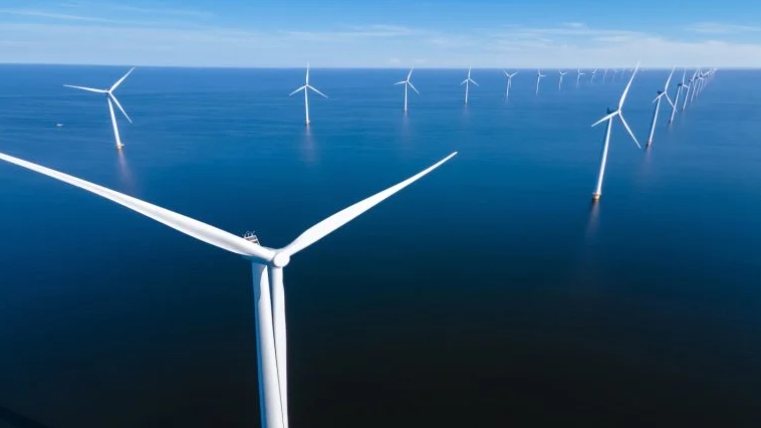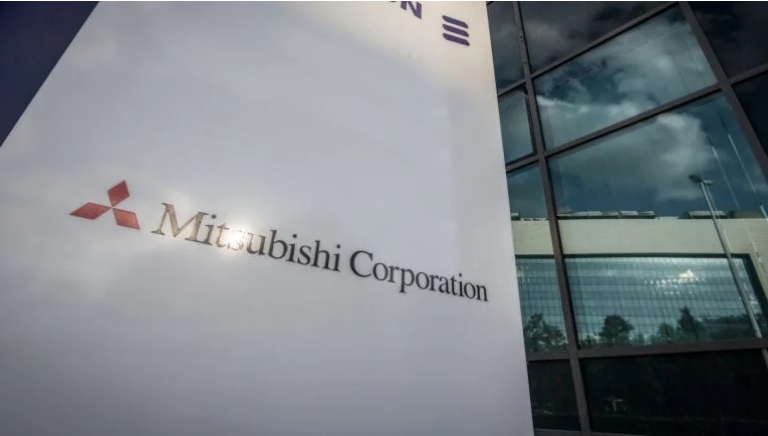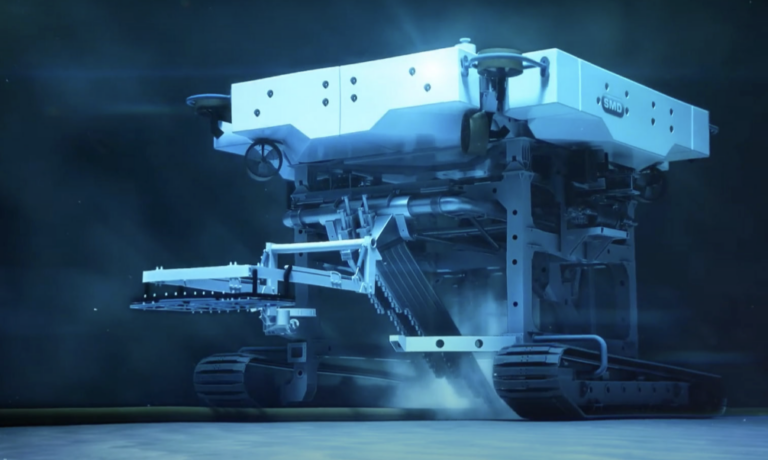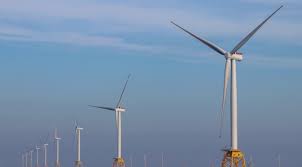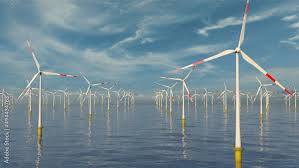Dacia is known for being the no frills, bargain basement brand. The company was founded in Romania in 1966 and sold to Groupe Renault 33 years later. It is the largest company by revenue in Romania and accounts for 8% of that country’s exports. Now it seems Dacia is poised to introduce the least expensive battery electric vehicle in Europe. According to preliminary reports, it will sell for less than the Renault Zoe, the Volkswagen ID.3, the Nissan LEAF, and the SEAT Mii Electric.
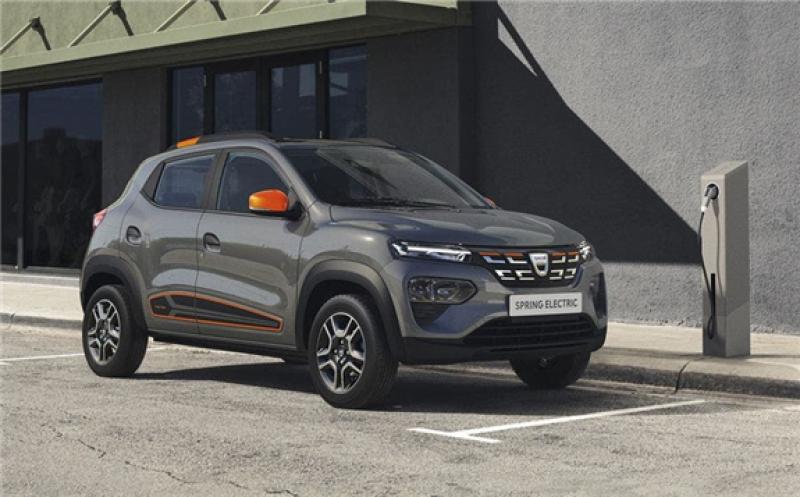 Courtesy of Dacia
Courtesy of Dacia
How will Dacia do it? By fitting a smaller than normal battery — 26.8 kWh — and selling the car to people who are comfortable with a modest range of 140 miles WLTP. That last is fairly remarkable. The original LEAF had a 24 kWh battery when it was first introduced and a range of around 90 miles. Clearly, today’s electric cars are more efficient than cars from a decade ago.
The SEAT Mii Electric starts at $23,000 in most European countries before incentives and Dacia expects its new compact SUV-style Sprint to sell for less than that. That means in Germany, where the current incentive is €9,000, the Dacia Sprint will cost consumers less than $13,000, and that includes room for 4 passengers, 6 airbags, LED headlights, and automatic emergency braking. It also comes with an onboard 30 kW charger that can replenish the battery to an 80% state of charge in about an hour. Lots of LEAF owners (including me) would love such an addition to their cars.
The option list is long and includes such niceties as a spare tire and air conditioning. Also on the accessory menu are a 7.0 inch infotainment touchscreen with Android Auto and Apple CarPlay, satellite navigation, a USB port, Bluetooth, and power mirrors. What more could a frugal denizen of the Continent desire?
“The Dacia brand is about redefining the essential. We are known in the car industry for our different revolutions, first with the Logan and then with the Duster which made the SUV accessible for all,” says Denis Le Vot, member of Groupe Renault executive committee. “Today, this is Dacia’s third revolution and its name is Dacia Spring. The Dacia Spring will make inroads into three distinct markets — retail market, car sharing with numerous car sharer operators throughout Europe, and on the last mile delivery (market) with its cargo version. Cool and trendy, the Dacia Spring will change the game as an affordable electric mobility solution for all.”
Cool and trendy? Actually, yes. The Dacia Sprint is attractively styled, although the car featured in the photos released by the company is probably not the bargain basement version. But its performance may leave something to be desired. It comes equipped with one 44 hp motor. If that’s too wild and crazy for you, output can be dialed back to 31 hp to squeeze a little more range out to the battery. Pressing the ECO button improves range by 10% but limits top speed to just 100 km/h. Unmute the ECO button and top speed climbs to a dizzying 125 km/h.
But the big news about the Dacia Spring is that it will compete head to head with gasoline and diesel powered cars when it comes to total cost of ownership — a milestone in the EV revolution. “The Spring Electric is cost and energy efficient with a total cost of ownership lower than that of a comparable internal combustion vehicle,” Dacia says. “It even offers the lowest TCO on the market (electric and internal-combustion vehicles combined).”
he Spring goes on sale next spring (coincidence?) in Europe. Forget about seeing any in North America. US customers would laugh themselves silly over the very idea of owning an under-powered vehicle with such short range. But the fact that the Dacia Spring is not suitable for the US market is beside the point. For many Europeans, who take shorter daily trips than the typical American driver, the Dacia Spring may be a very appealing package, especially with the ability to feed in more electrons in a relatively short period of time. Dacia could very well find itself with a winner on its hands in the low cost electric vehicle sweepstakes.
Chinese manufacturer Kandi is testing that market in the US right now with some positive results. Not all Americans demand to have a fully loaded luxo-liner. Not so long ago, both Yugo and Hyundai brought inexpensive basic cars to America. One thrived, the other quickly sank out of sight, so you can never say never. Low price will always appeal to a certain number of buyers, especially if the total cost of ownership — which includes repairs and maintenance — is significantly lower than the competition.
This article is reproduced at cleantechnica.com
